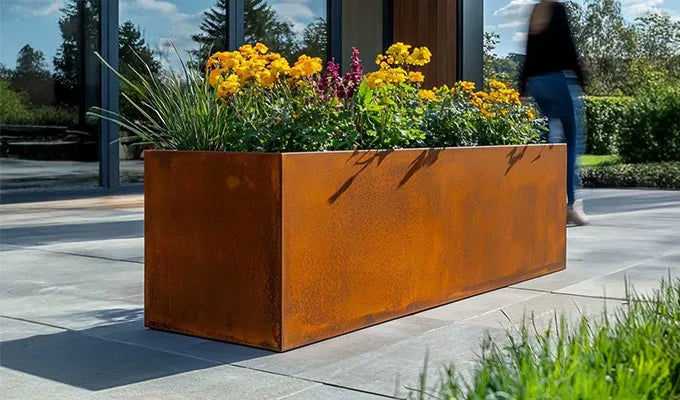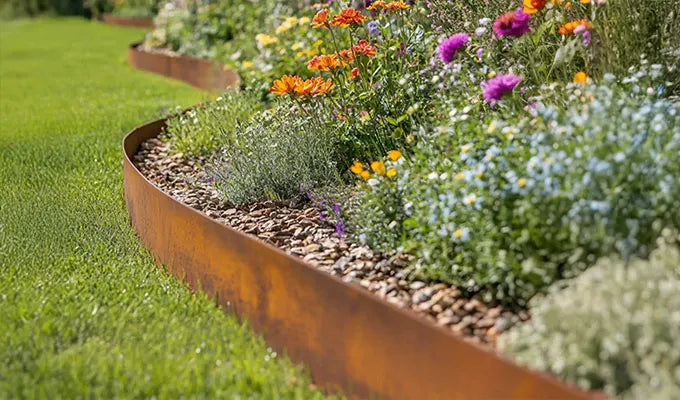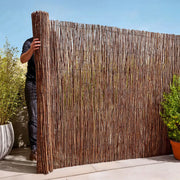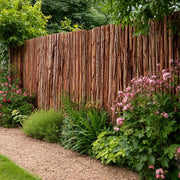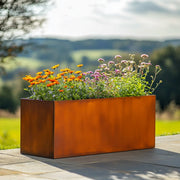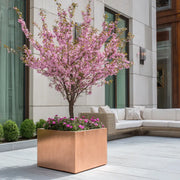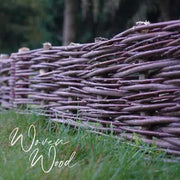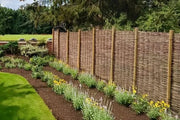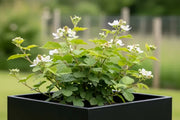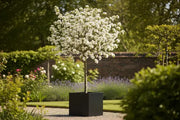Espalier: The Ancient Art of Training Trees for Beauty and Bounty
The practice of espalier, an age-old horticultural technique, transforms trees into living sculptures, training them to grow flat against a wall, fence, or trellis. Far from being a mere aesthetic choice, this method offers substantial benefits, particularly within the varied and often space-constrained gardens of the British Isles. It allows gardeners to cultivate fruit trees or ornamental specimens in tight spaces, marrying ornamental beauty with practical yields.
In the English climate and landscape, where garden sizes can range from sprawling country estates to compact urban patios, espalier proves exceptionally valuable. By training trees against a sun-warmed wall, espalier optimises heat absorption and light exposure, crucial for ripening fruit in cooler summers and protecting blossoms from late frosts. This technique not only maximises the harvest but also adds a unique, architectural element to the garden, softening hard lines and enhancing visual interest year-round.
One of the most practical applications for the modern British gardener is growing espaliered trees in planters. This opens up possibilities for balconies, roof terraces, and small courtyards where planting directly into the ground is impossible. Choose a sturdy, well-draining container, ideally one that is at least 45-60cm (18-24 inches) in diameter for established trees. Container-grown espaliers require more frequent watering and feeding but offer the flexibility to move the plant, perhaps to a more sheltered spot in winter or a sunnier position during the growing season.
To grow an espalier tree successfully, selecting the right species and form is paramount. Apples and pears are classic choices for espalier in the UK, due to their ease of training and reliable fruiting. Plums, cherries, and even figs can also be espaliered effectively. Begin with a maiden whip (a one-year-old, unbranched tree) or a young tree already started in an espalier form. A robust support structure of horizontal wires, typically spaced about 30-45cm (12-18 inches) apart, is essential. Plant the tree about 20-30cm (8-12 inches) away from the wall or fence to allow for air circulation. The art lies in careful and consistent pruning and tying in new growth to the chosen form, whether it be a simple cordon, a fan, or a more elaborate candelabra.
Pruning is the cornerstone of espalier. During the dormant season (winter), structural pruning shapes the framework. In summer, regular pruning (typically July and August) is vital for fruit production. This involves shortening new side shoots to promote the development of fruit spurs and to maintain the tree's flat form. Neglecting summer pruning can lead to a dense, unproductive tree. Watering, especially for container-grown specimens, and feeding are also crucial, particularly during the growing and fruiting seasons.
Regarding their seasonal display, most espaliered fruit trees in the UK will flower in spring, typically from March to May, depending on the species and variety. Apple and pear blossoms are a beautiful sight, often followed by the emergence of tiny fruitlets. The fruit will then mature and be ready for harvesting from late summer through autumn, generally from July to October. The precise timing depends on the specific cultivar and local conditions. The enhanced sunlight exposure from their espaliered position often contributes to earlier ripening and sweeter fruit, adding to the bounty this ancient method provides.


